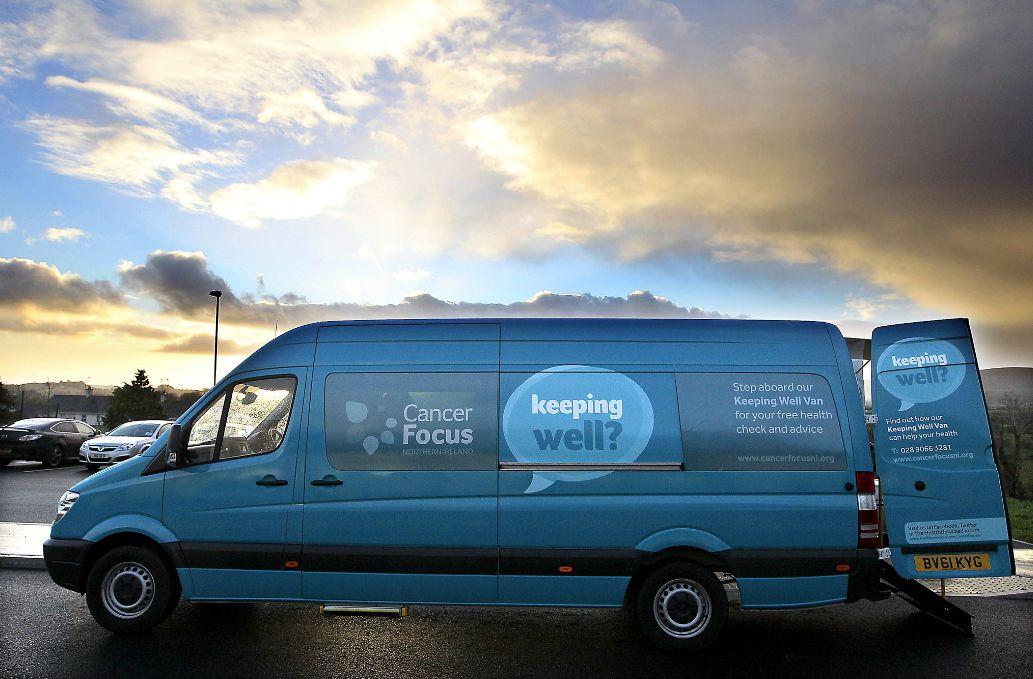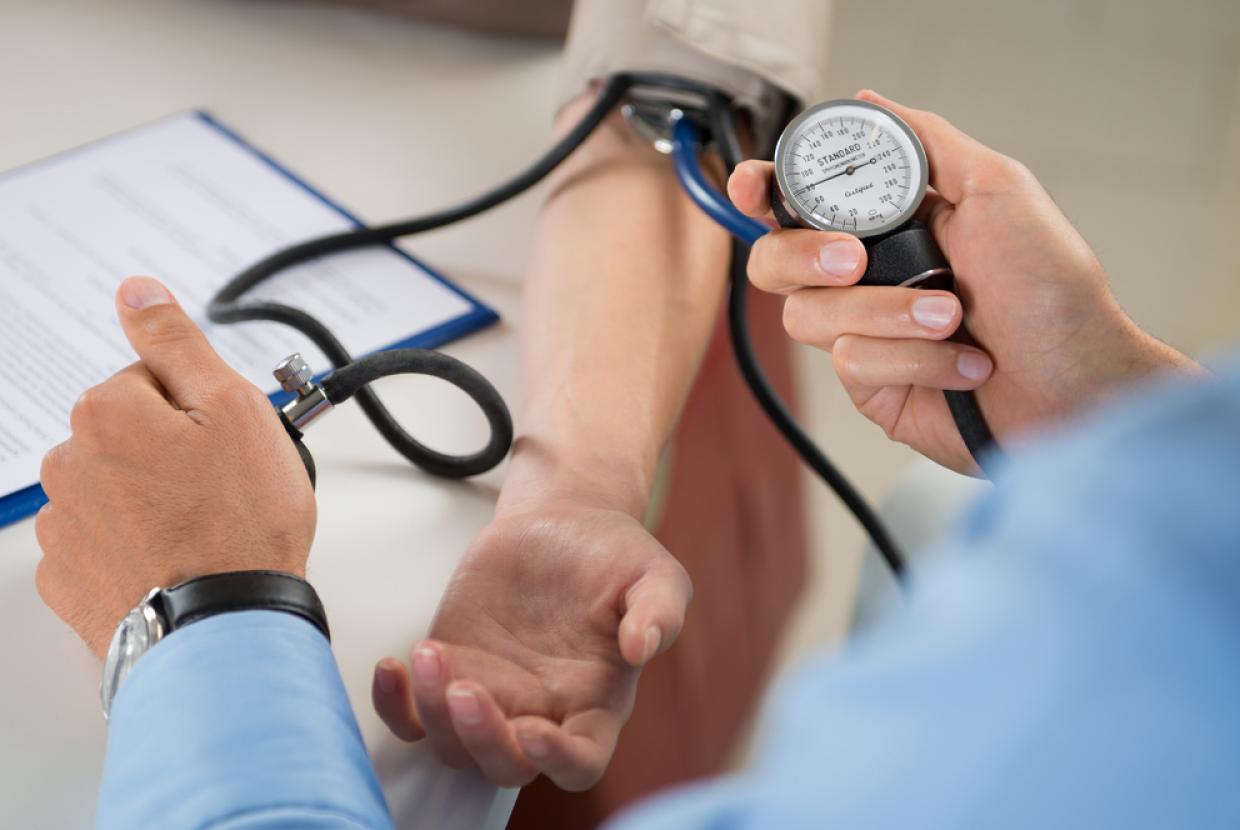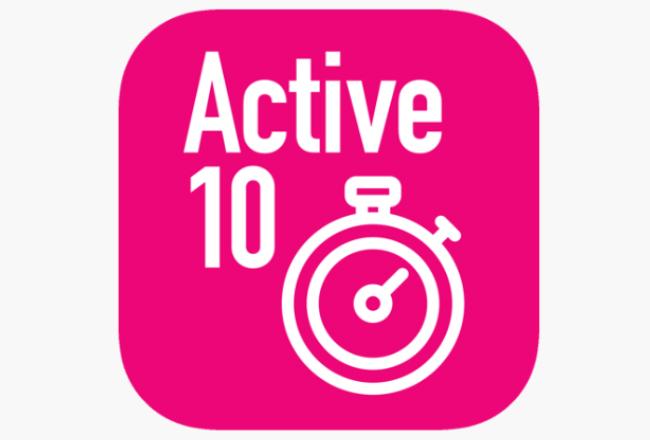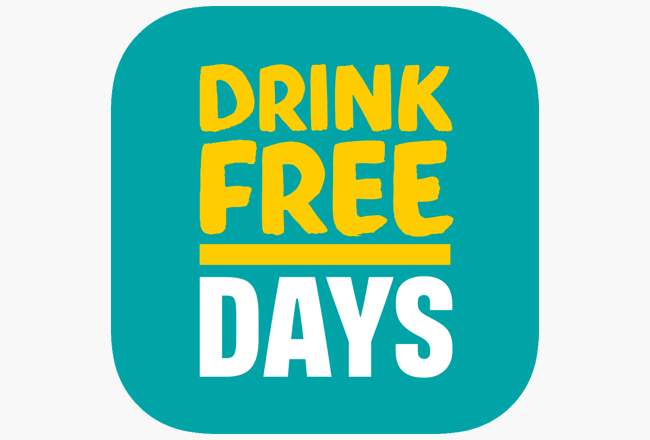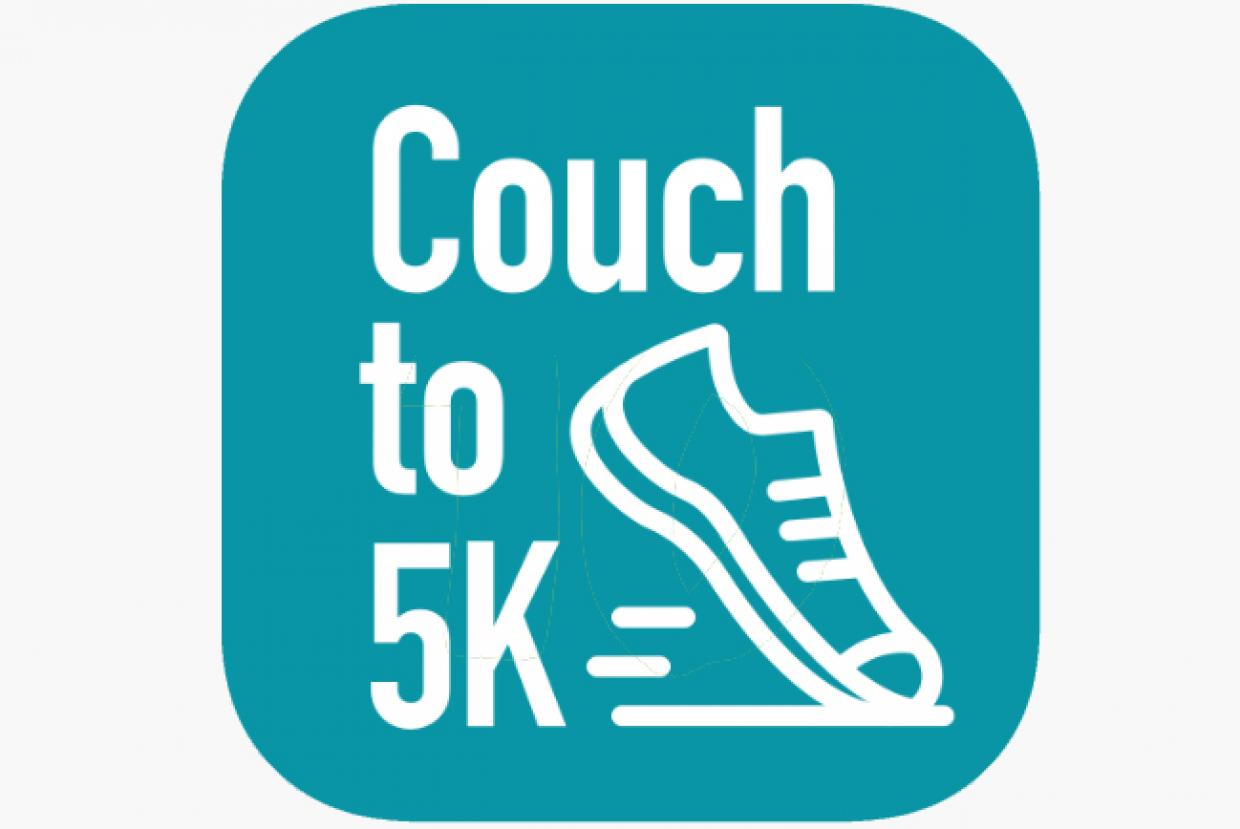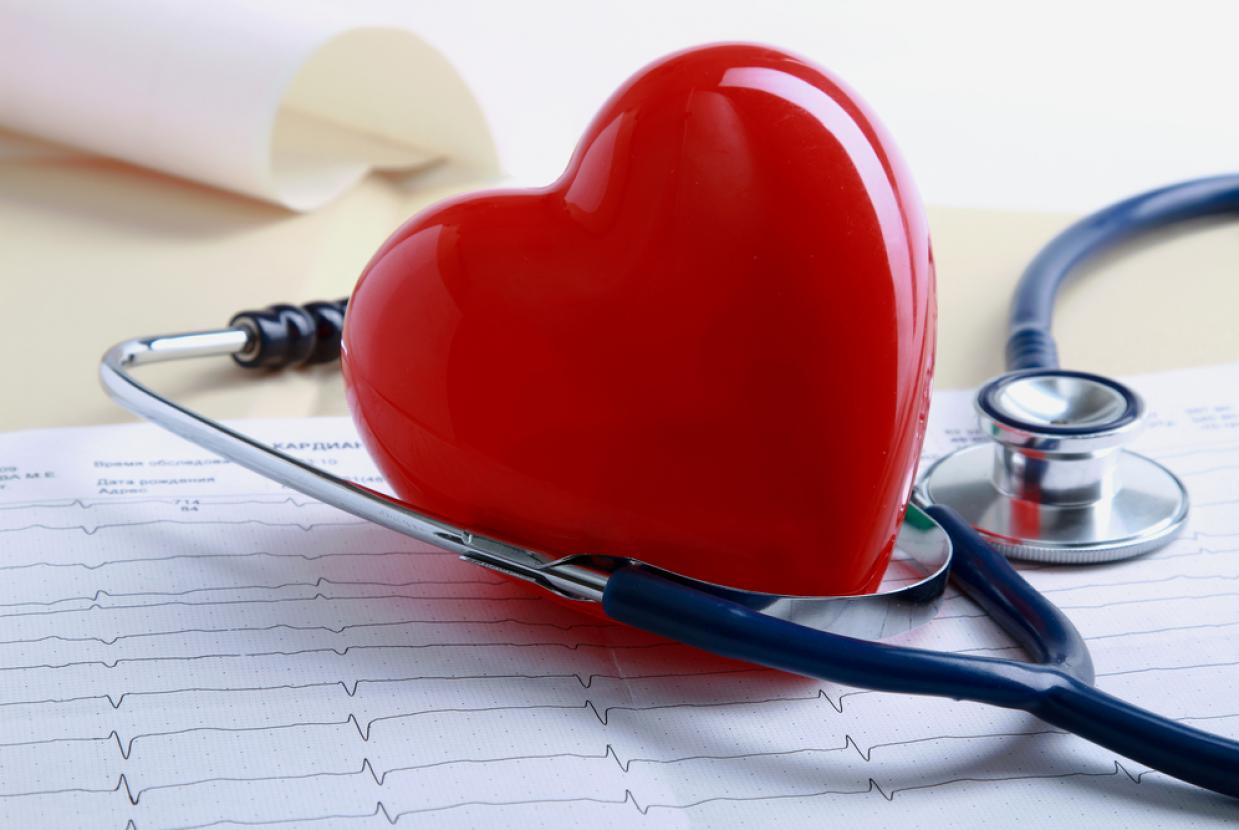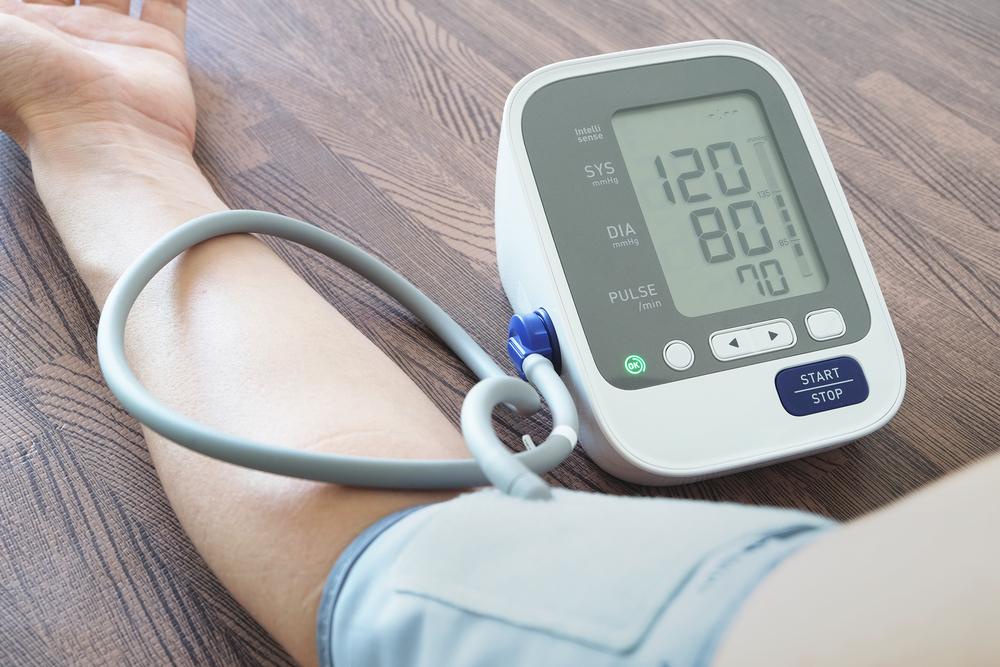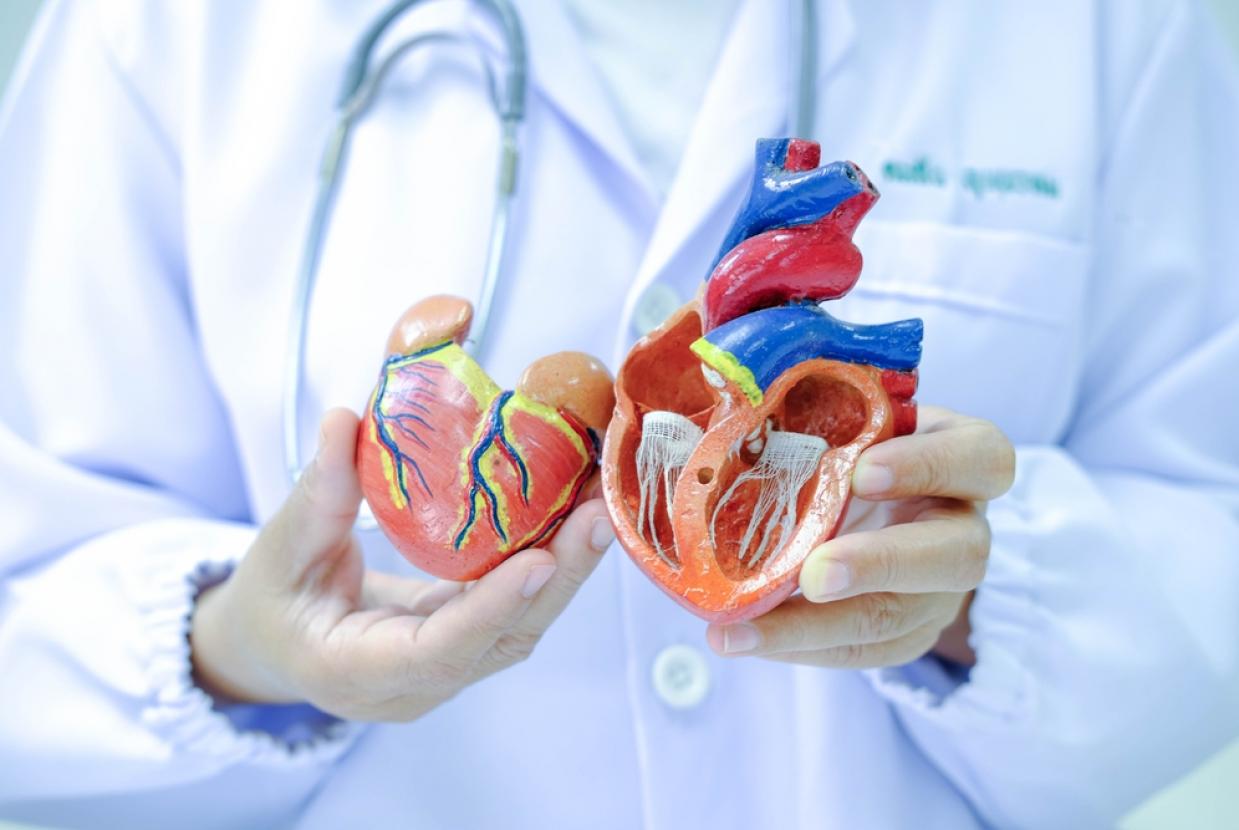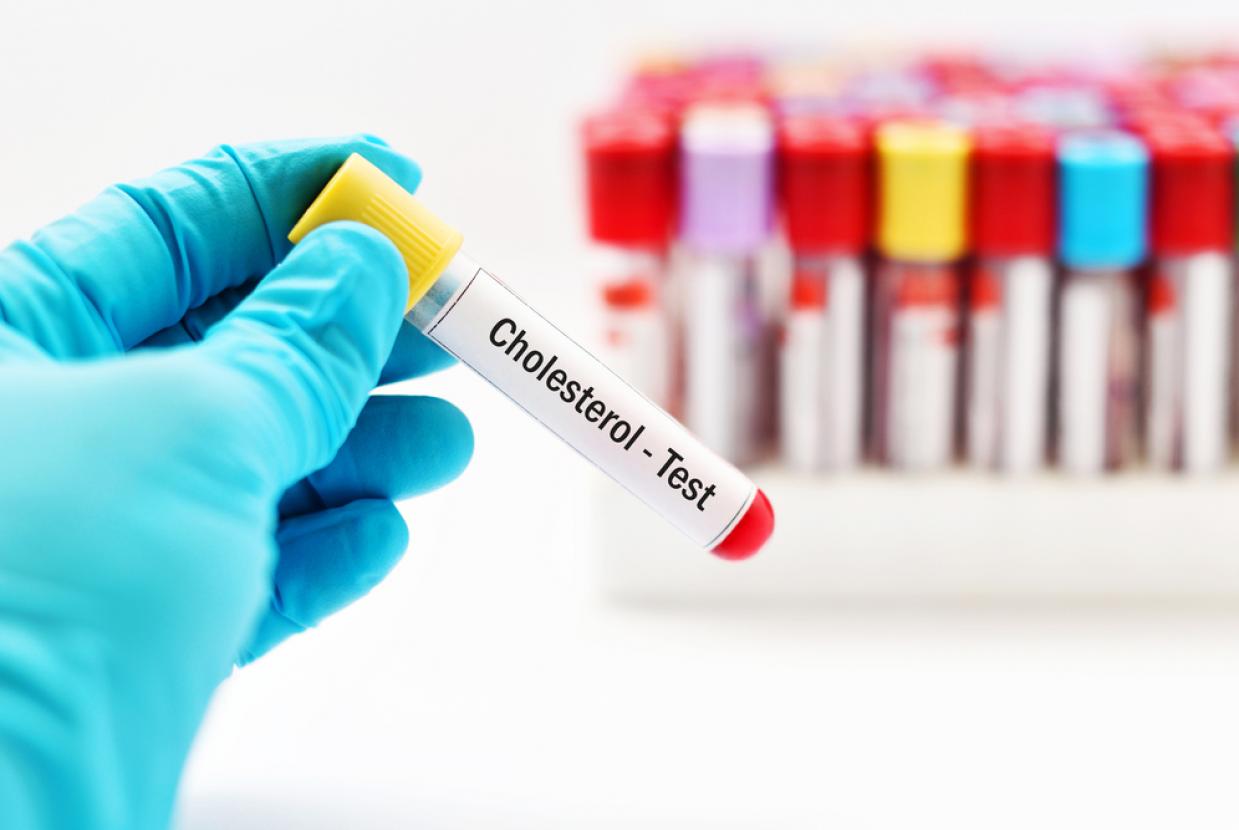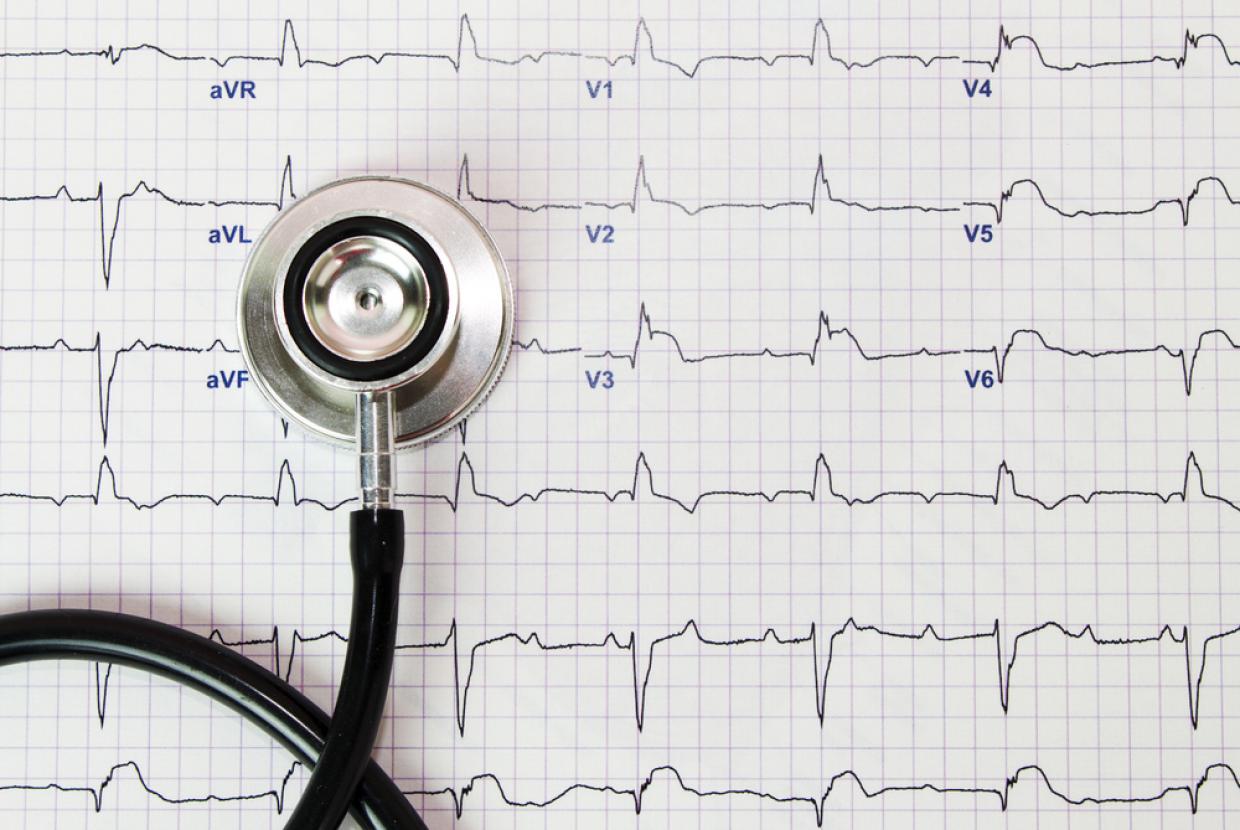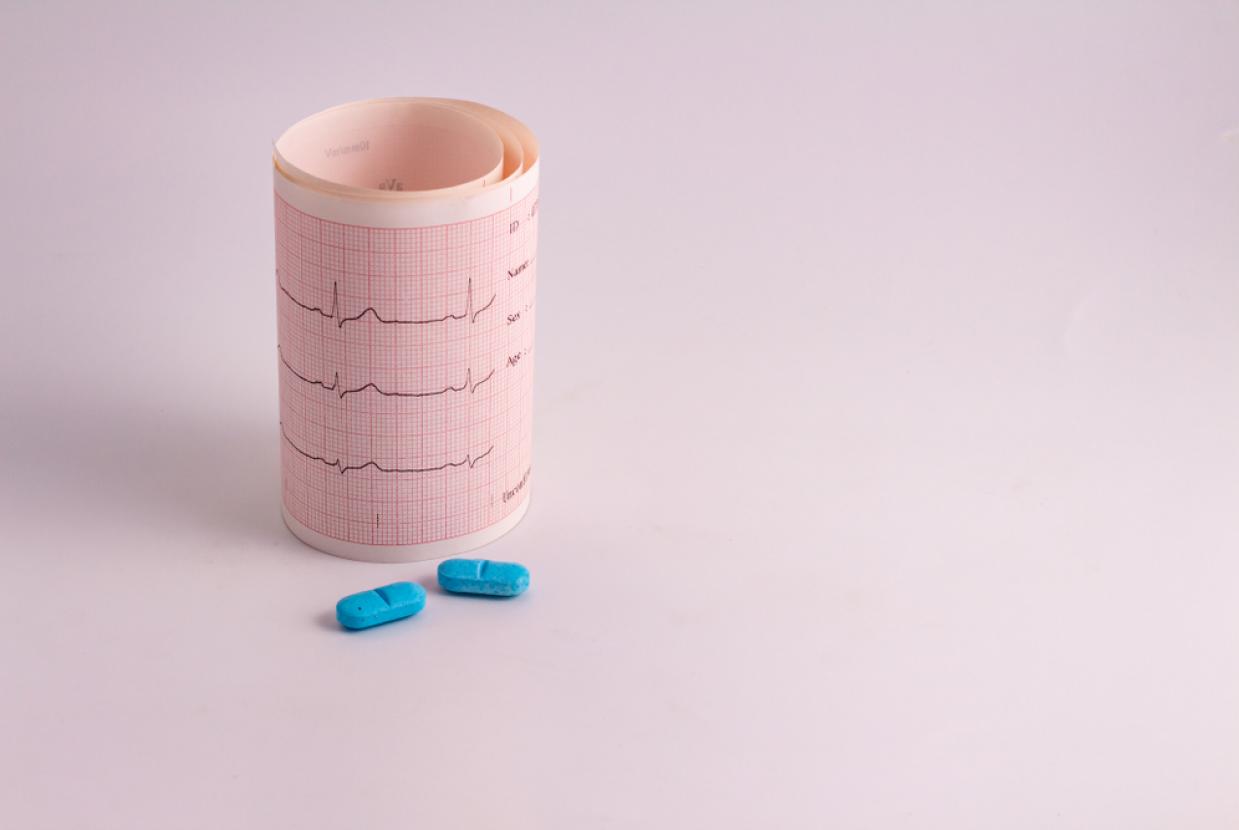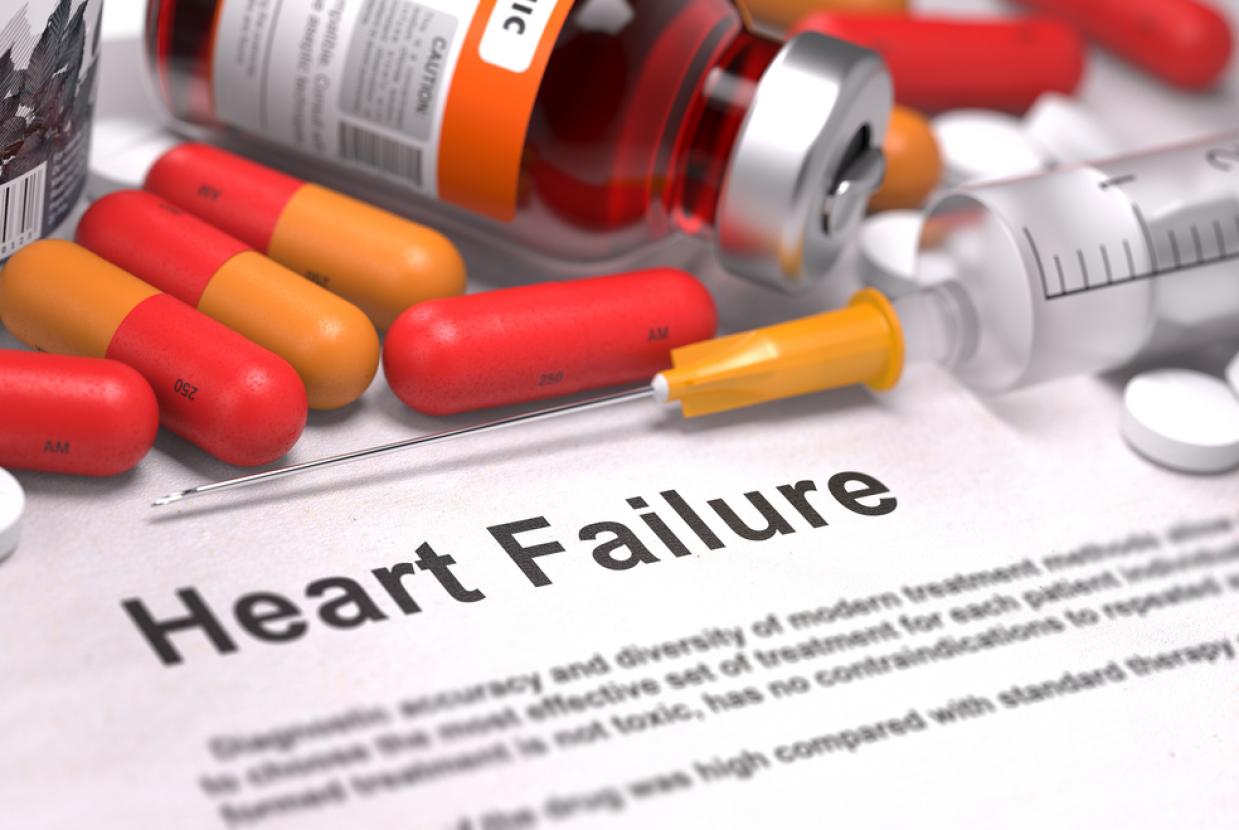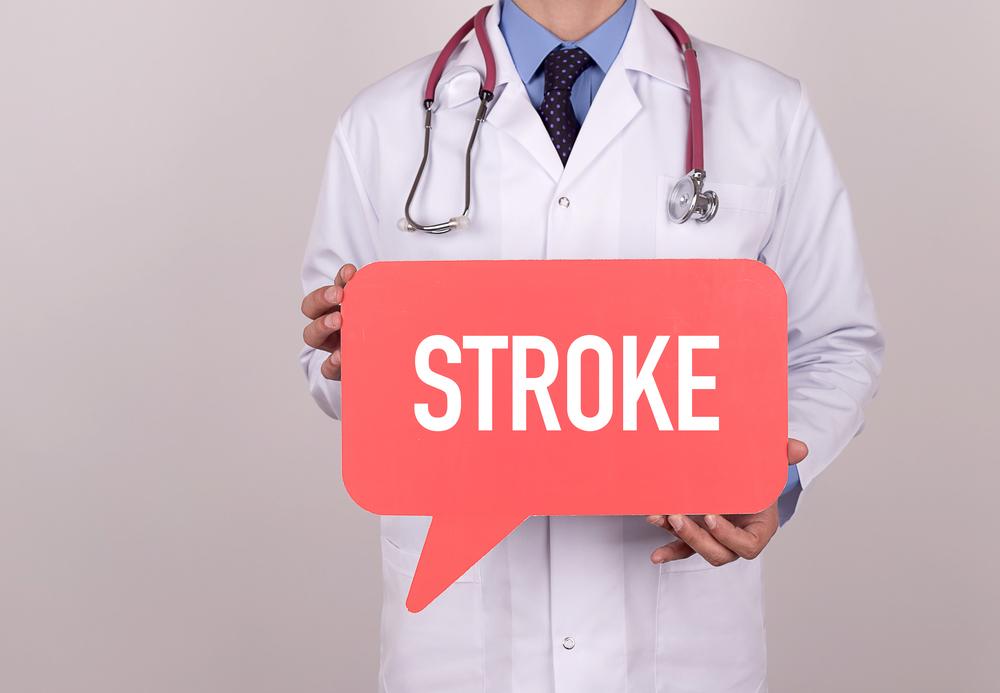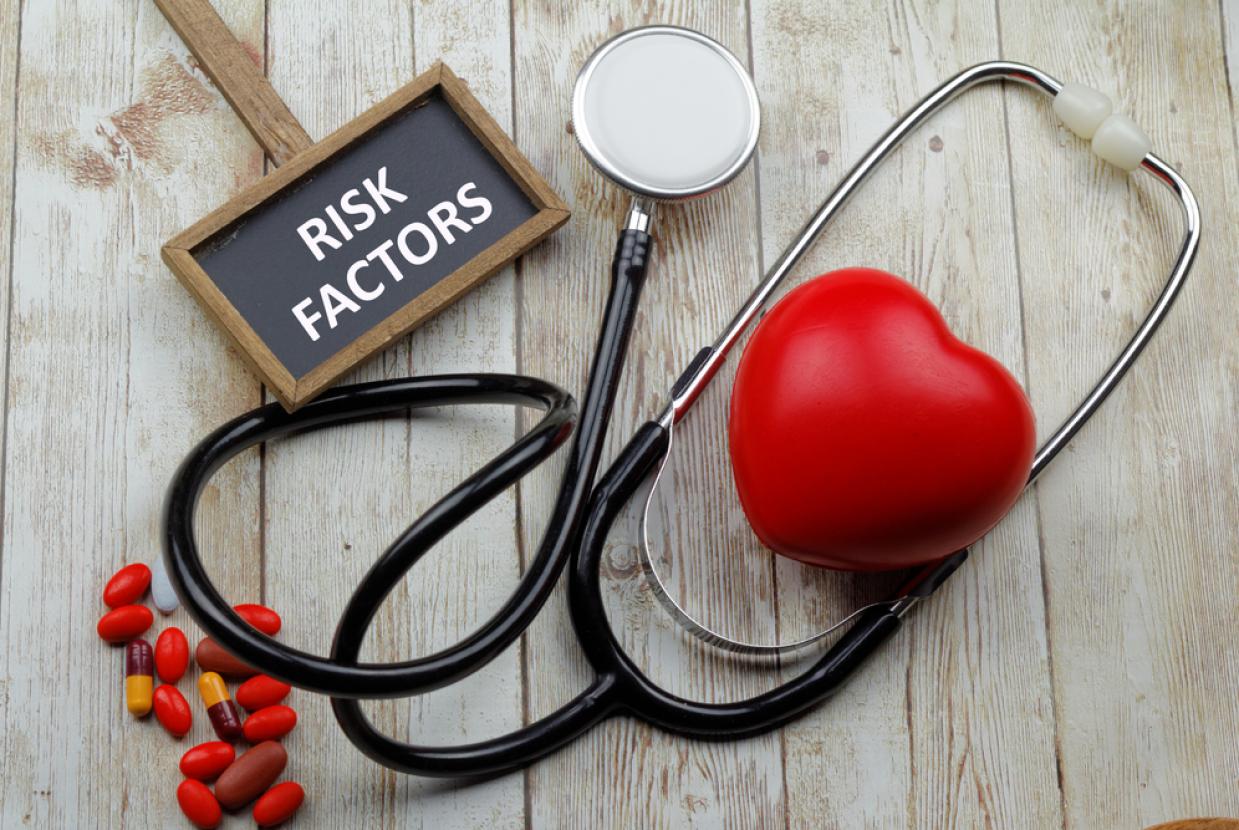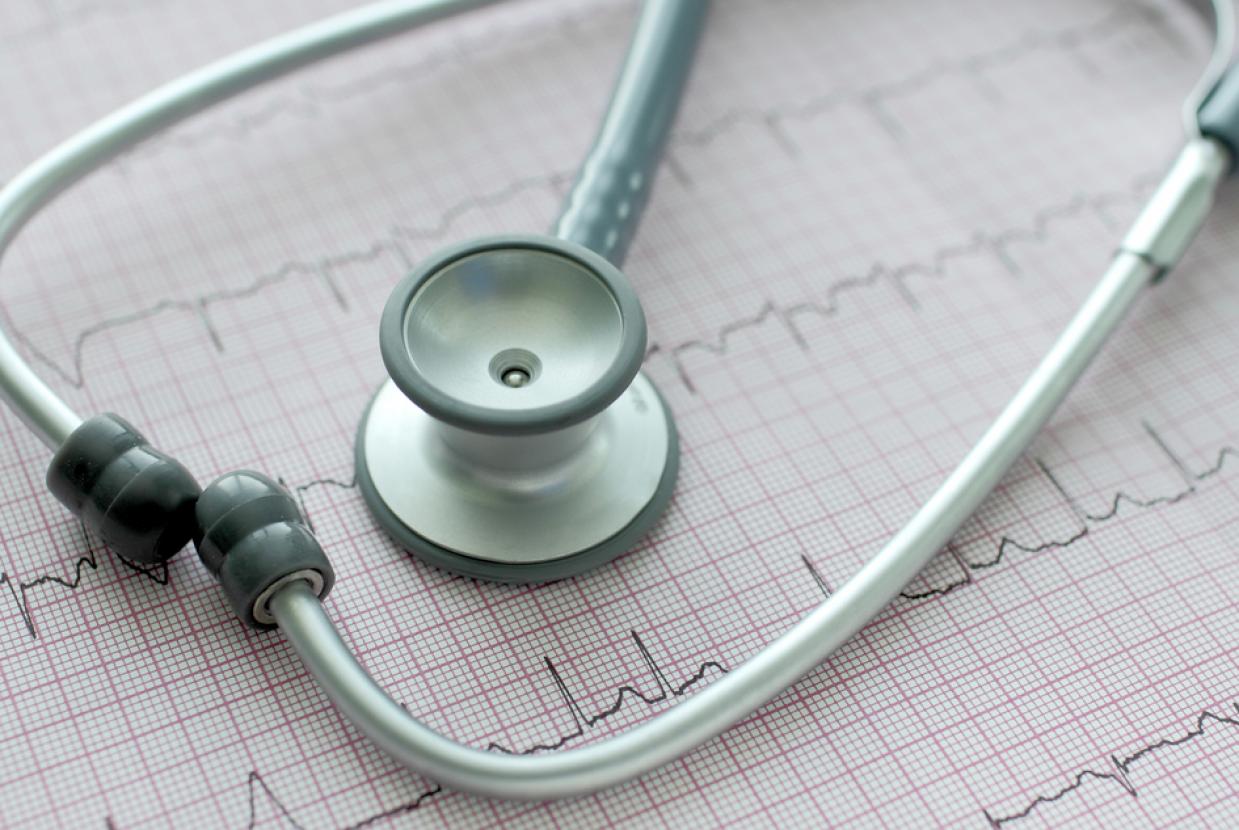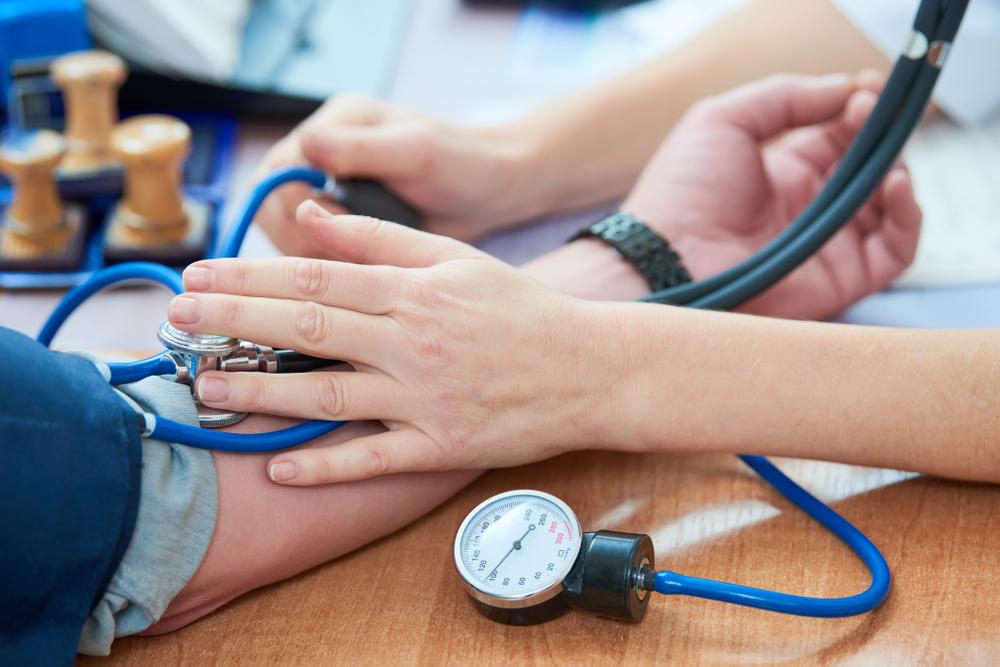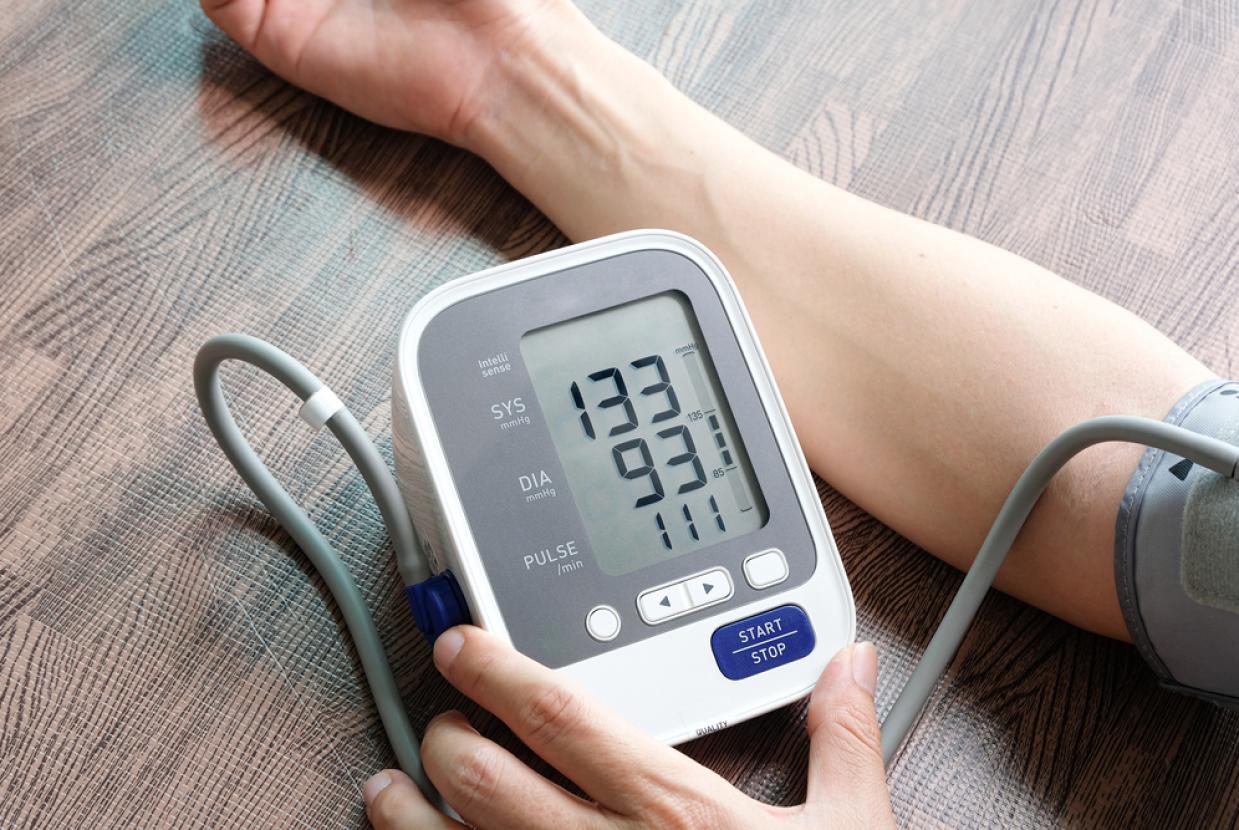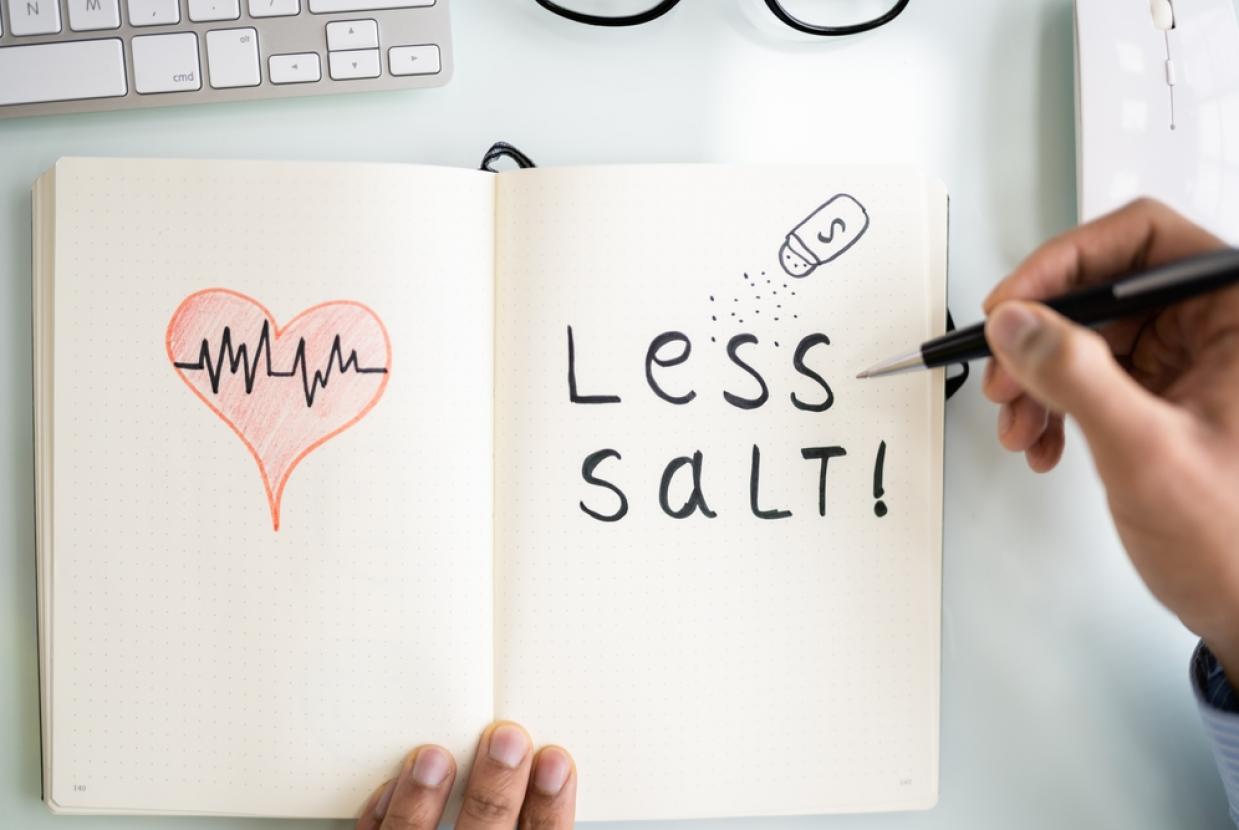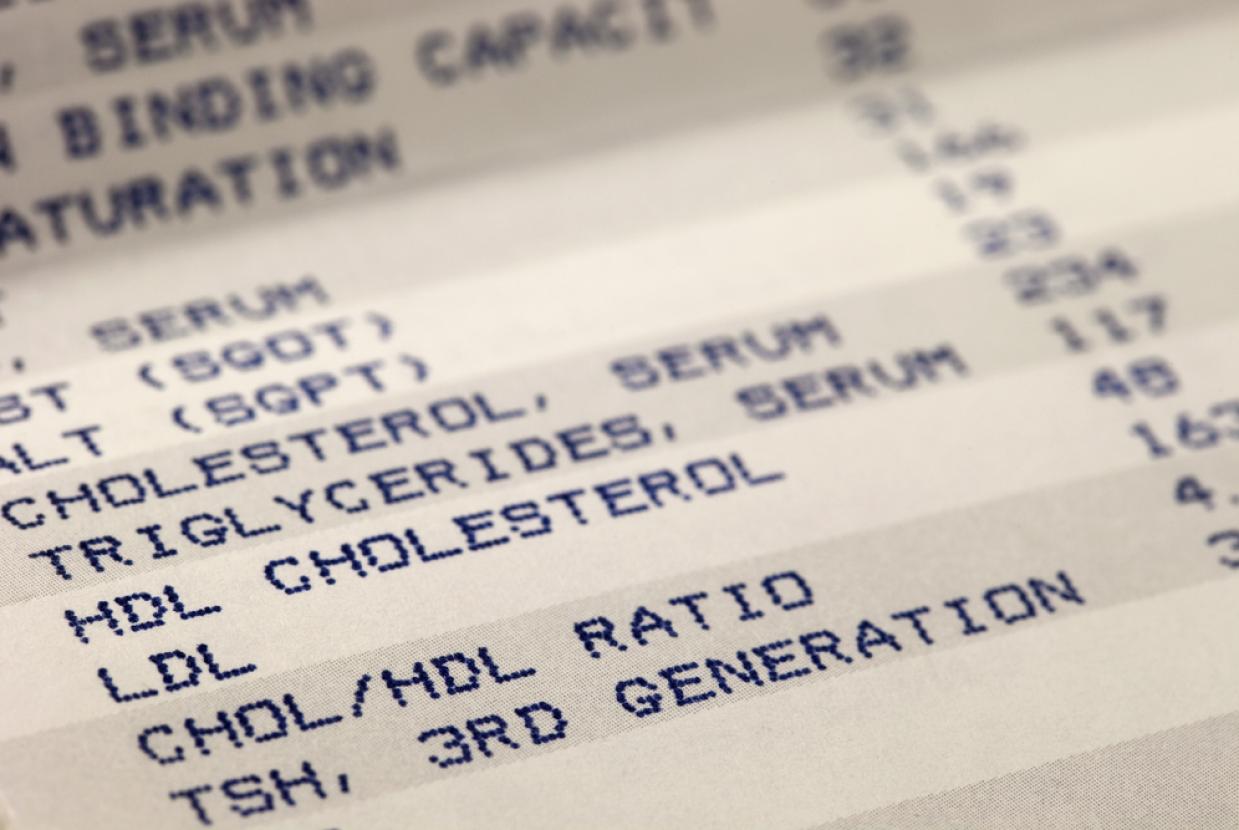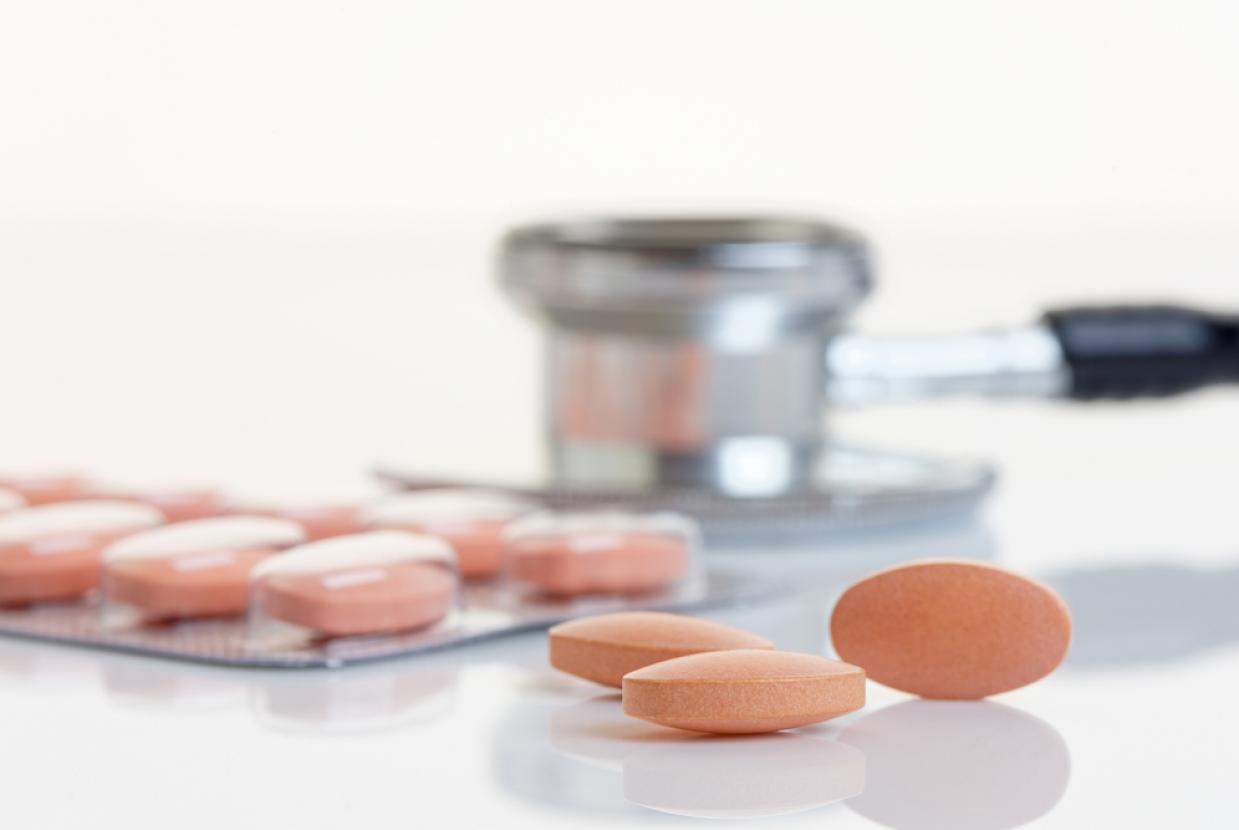What Is Metabolic Syndrome?
Heart HealthMetabolic syndrome is the name given to a group of health problems that puts you at higher risk of diseases of the heart and blood vessels such as heart attacks and stroke. It's very common, around one in four adults in the UK are thought to have the metabolic syndrome. The health problems that make up the metabolic syndrome are sometimes called risk factors – because they put you at risk of heart disease. These risk factors are:
- insulin resistance – where your body has become resistant to the hormone insulin, leading to high blood sugar
- high blood pressure
- overweight or obesity – especially around the waistline
- unhealthy levels of blood fats – usually high triglyceride levels and low HDL levels.
This group of health problems has been known for many years. It was first called 'metabolic syndrome' back in 1988. Having three or more of the risk factors listed here usually suggests a person has metabolic syndrome.
Insulin resistance (pre-diabetes)
Insulin is a hormone that is made in the pancreas. It helps to control the amount of sugar in the blood. If you have insulin resistance, your body can't respond properly to insulin so your pancreas has to make more and more to cope with the build-up of sugar in the blood.
Over time, the pancreas is put under more and more pressure to make insulin. Eventually the strain can become too much and the pancreas won't be able to make enough insulin. The levels of sugar in the blood rise and stay high. This is called Type 2 diabetes.
Insulin resistance is the stage that comes before Type 2 diabetes. It's also known as pre-diabetes. At this stage it's possible to prevent Type 2 diabetes.
Why are insulin resistance and diabetes dangerous?
When your blood sugar levels are too high, the sugar damages your blood vessels. This can lead to eye problems, nerve damage and kidney damage, which can all be very serious. Type 2 diabetes also raises the risk of diseases of the heart and blood vessels, including heart attacks and strokes.
High cholesterol also raises the risk of these illnesses, so having high cholesterol and insulin resistance at the same time raises the risks further.
Can insulin resistance be treated?
Insulin resistance can be treated with medicines to help your liver make less glucose (sugar), and to make your body more sensitive to insulin. Lifestyle changes, including a healthy diet and exercise, can also make a huge difference.
How are insulin resistance and diabetes diagnosed?
Doctors have special guidelines for diagnosing diabetes. This usually involves having a sugar tolerance test to see how your body copes with a certain amount of sugar over a certain period of time.
What causes insulin resistance?
Insulin resistance is more common in people who are obese, especially if they are carrying the excess fat around their waistline. Excess fat can get stuck inside the pancreas where it can cause problems with blood sugar control.
People from some ethnic backgrounds are more prone to insulin resistance and metabolic syndrome. For example, those with a South Asian or black Afro-Caribbean background.
High blood pressure
Your blood pressure is the force that your blood puts on your bloods vessel walls as it flows around your body. When your blood pressure is too high, your heart has to work harder to the pump blood, putting a strain on your heart. This raises your risk of problems such as heart disease and stroke.
Blood pressure is recorded as two numbers, a top number and a bottom number:
- systolic (the top number) – this is the pressure on your blood vessel walls when your heart beats, when the pressure is at its peak
- diastolic (the bottom number) – this is the pressure when your heart is at rest in between the beats, when your blood pressure is at its lowest.
The numbers are written in millimetres of mercury, or mmHg. For example, a healthy blood pressure of 120 over 80 would be written as 120/80mmHg. Both numbers are important, but the top number is more important for diagnosing high blood pressure.
What is a healthy blood pressure reading?
Normal blood pressure is between 90/60mmHg and 120/80mmHg. If it's over 120/80mmHg (but lower than 140/90mmHg) this is pre-high blood pressure. It's not considered high, but it would be good to bring it down.
What is high blood pressure?
High blood pressure, also called hypertension, is blood pressure that is consistently over 140/90mmHg. It's diagnosed when you have several readings, taken on at least three separate occasions, showing that your systolic pressure is 140 or above, or your diastolic is 90 or above, or both.
If you have one high reading, that doesn't necessarily mean you have high blood pressure. That's because blood pressure is extremely variable. It can be raised temporarily by many things including stress, emotional state, physical activity and even 'a visit to the doctor's'. It's your blood pressure in the long term that's important.
What causes high blood pressure?
There isn't one single cause of high blood pressure. It's thought to be down to a combination of your genes, ethnic background, family history and your lifestyle. The following can all raise your blood pressure:
- being overweight
- lack of physical activity
- smoking
- eating foods high in salt and saturated fats – these are often hidden in foods
- drinking a lot of alcohol.
Why is high blood pressure (hypertension) dangerous?
High blood pressure which isn't brought under control raises the risk of heart attacks and strokes, kidney disease and eye damage.
If your blood pressure is too high your GP will talk to you about healthy lifestyle changes and might prescribe medicines to lower it. They will want to see you to check your blood pressure and medicines regularly.
Getting a blood pressure check
It's impossible to know your numbers without having a blood pressure check, as you can't feel your blood pressure. Visit your GP, practice nurse of pharmacist to have your blood pressure checked. It's quick, painless, and usually free.
Lowering your blood pressure
Making small changes to your diet and lifestyle lower your blood pressure over time, you may also need to take medication if your doctor advises you to. Many of the lifestyle changes that lower your blood pressure are the same as for lowering cholesterol. For example:
- be active
- reach or maintain a healthy weight
- stop smoking
- drink alcohol only in moderation
- eat plenty of fruit, veg and wholegrains and fibre
- eat less saturated fat
- in particular, eat less salt, as salt raises blood pressure
- it may also help to manage stress, as stress can raise your blood pressure in the short term.
Obesity
Obesity is the name used for someone who has gained enough excess weight to put their health at risk. Central obesity – where you carry excess fat around your waistline – can affect your blood fats and raise the risk of developing diabetes and metabolic syndrome.
How do you know if you're a healthy weight and shape?
Measuring your waistline is a good way of identifying your risk of illness. Use a flexible tape measure and wrap this around your waistline and see where you are in the chart below. For many people, the waistline is around the widest point – roughly around where your tummy button is.
| Raised health risk | Serious health risk |
Women | 80 cm (32 inches) or above | 88 cm (35 inches) or above |
Men | 94 cm (37 inches) or above | 102 cm (40 inches) or above |
Asian men | 90 com (36 inches) or above | 101 cm (39 inches) or above |
Unhealthy levels of blood fats (dyslipidaemia)
Doctors now recognise that there is a particular pattern of raised blood fats that put you at risk of metabolic syndrome and heart disease. They sometimes refer to this as dyslipidaemia.
High triglycerides and low HDL cholesterol
The main type of fat that will be higher than normal is your triglycerides. High levels of triglycerides often go hand in hand with low amounts of a kind of cholesterol called HDL cholesterol. Some doctors refer to this as “good cholesterol”.
Normal levels of triglycerides and HDL cholesterol:
In the UK blood fats are measured in millimoles per litre (mmol/L).
- HDL cholesterol should be above 1mmol/L in men and 1.2mmol/L in women
- Triglycerides should be below 1.7mmol/L (or less than 2.3mmol/L if you ate normally before the test)
What affects your blood fats?
Unhealthy patterns of blood fats happen when your body has more difficulty than normal coping with the fats and sugars in the food you eat. People with dyslipidaemia are often very overweight.
Content sourced from Heart UK (heartuk.org.uk).


